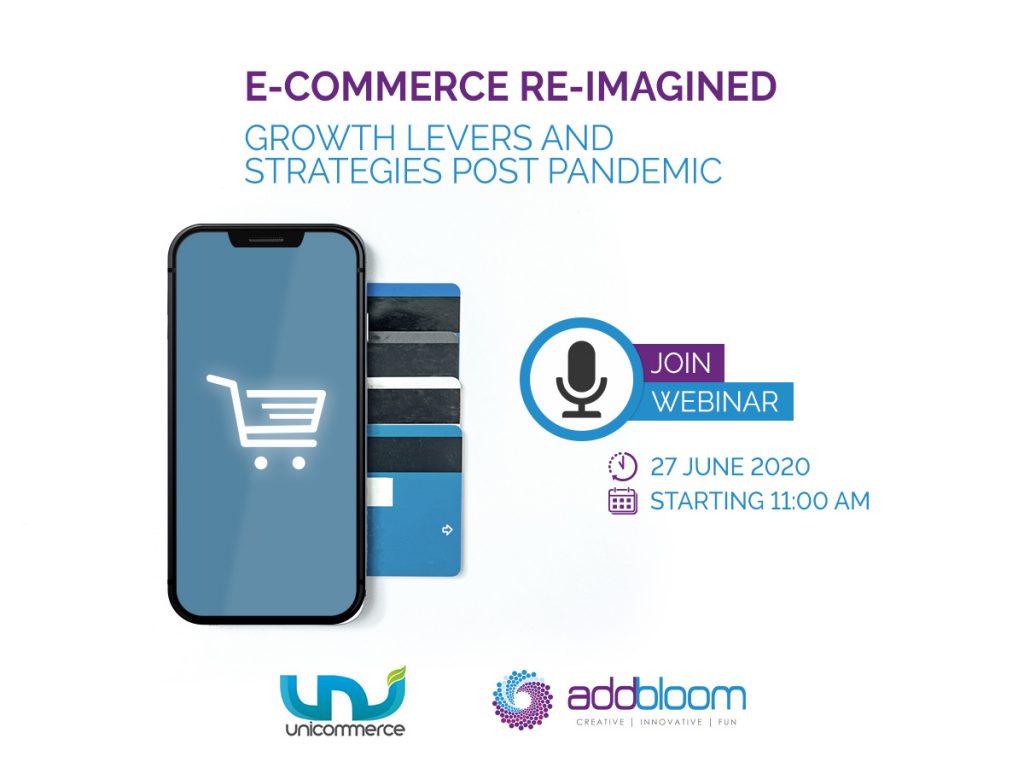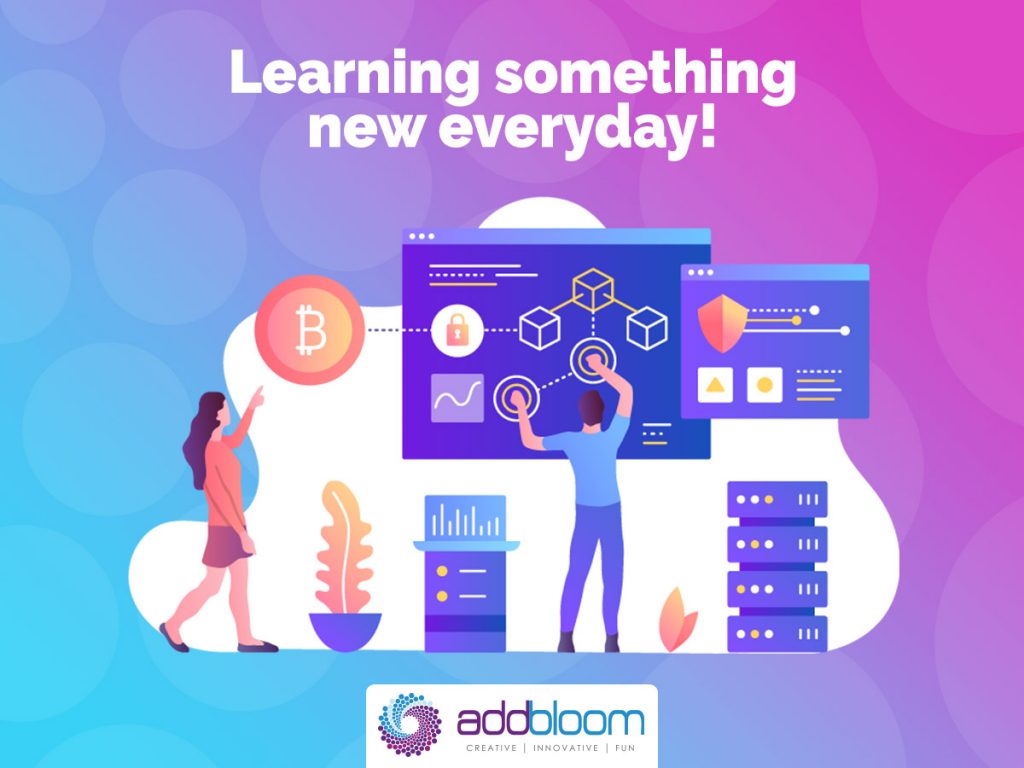How Important is Content ?
Bill Gates once said : “Content is king”. But what exactly is content? Content is anything that is aural, textual, or visual that is part of the user’s online experience. Why are online marketers so focused on content? The answer is simple. In a world where everything is online, it is of crucial importance to be noticed and given deserved attention. Investing in content means creating organic and brand-enriching content that will help in promoting the business, blog, etc… Having trustworthy, relatable, and informative content helps in establishing and developing significant relationships with the audience which will in turn help in growing the brand.
Sharing content can be done in various ways. Nevertheless, depending on one
kind is not a very good idea. Similarly, using the wrong kind is also not the best idea. For this reason, here are seven types of content that will help you stand out online, boost your sales as well as engage your leads.
1. Infographics
It’s a word made up of two: information and graphic. It has become very popular due to its minimal use of words. It is also a powerful tool for displaying data, explaining concepts, simplifying presentations, mapping relationships, showing trends and providing essential insights. Infographics come in various forms. They are categorized based on purpose, types of objects used and the flow of information. Take a look at this infographic which basically sums up what an infographic is!
2. Images
Basically, most social media platforms rely on visuals to convey a message or show a specific issue. Popular platforms, such as Instagram and Snapchat, show that visuals are vital for communication with the audience. Visuals can come in many forms. Two forms are widely popular these days and include GIFs and memes. Both are means that improve communication with the audience by changing the tone when the message is conveyed. Humor and comedy accompany memes while animation and uniqueness accompany GIFs.
3. Blog Posts
Blogging can be a hard thing to execute, especially while witnessing an explosion of bloggers on the web. Keeping your audience interested in your blog post is a challenge. Nevertheless, it is not an impossible task! Smart Blogger posted a guide on how to write a successful blog post.
4. Tutorials
If there’s one thing we’re thankful for, it’s definitely tutorials! How many times have you researched exceptional topics for tactical tips for lifestyle, health, travel, etc..? These guides, tutorials, and how-to’s are a great asset to platforms. They are also very effective because they help people learn something new. Seriously, who doesn’t like learning something new?
5. Videos and Animations
One of the most popular types is videos. They’re cool and enjoyable wherever you are. Technically, anything can be turned into a video! What’s more? 4x as many consumers would rather watch a video about a product than read a post about it. Videos are also a great way to convey the company’s objectives and goals in a very customizable way.
6. Live Coverage
Platforms like Facebook and Instagram are now allowing for a deeper more interesting and genuine experience, live coverage. This type of content acts similar to a webinar where people from multiple locations around the world are able to watch a certain event happening someplace else. However, the seamless experience introduced by Facebook and Instagram allowed the live creator of content to expand.
7. Slogans
Quotes and hashtags are means that help in identifying a brand more knowingly. It is well known that #JustDoIt is Nike’s slogan just like “I’m Loving It” is Mcdonald’s. When these slogans and quotes become renowned, it becomes easier for these brands to be recognized as well as to create ads and campaigns that are related and relevant. P&G’s Always had a huge campaign in 2014, #LikeAGirl, that went viral. Because of its popularity, this hashtag will always be linked to Always until the next big thing comes, if it ever does.
At the end of the day, not one type of content is the right one for every brand, what works for one might not work for the other, so each has to find the right way to communicate its message. Creating great content requires creativity and expertise and we have both, so click here to see all the services we offer.




